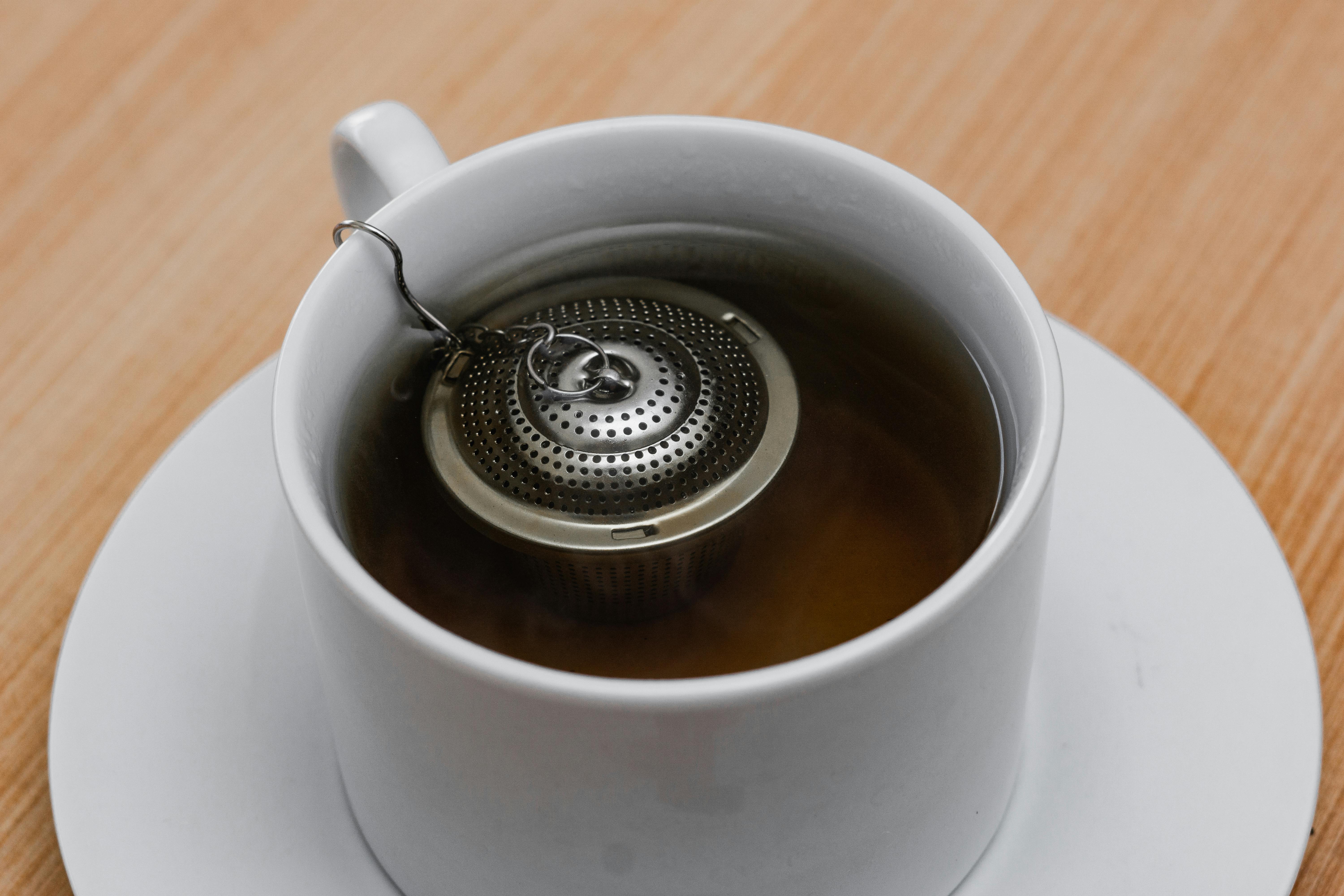
Effective Ways to Get Rid of Weeds in Grass for a Lush Lawn in 2025
A healthy, lush lawn is a source of pride for many homeowners. However, achieving this ideal often involves combating pesky weeds that threaten to ruin the beauty of your grass. In 2025, understanding effective ways to get rid of weeds in grass is essential, as both organic and chemical solutions can offer unique benefits. The key lies in choosing the right methods suited to your specific needs while maintaining environmental considerations.
This article will explore the significance of lawn maintenance, various weed removal techniques, and the best practices for weed control. You'll learn how to identify weeds, valuable lawn care strategies, and cutting-edge eco-friendly practices to keep your yard healthy and vibrant. By the end of this guide, you'll be well-equipped to maintain a weed-free lawn that flourishes throughout all seasons. Let's dive into the world of weed management!

Understanding Weed Identification for Successful Control
Before tackling weeds, it's crucial to identify what types are invading your lawn. Effective weed removal methods start with understanding the specific **types of lawn weeds** present. Common categories include broadleaf weeds, grassy weeds, and sedges, each requiring different approaches for management. Recognizing characteristics of these grasses will enable you to devise a targeted removal strategy.
Types of Lawn Weeds
Several main categories define lawn weeds:
- Broadleaf Weeds: Identifiable by their wide leaves, these include dandelions and clover.
- Grassy Weeds: Often confused with grass, types like crabgrass can rapidly spread if not controlled.
- Sedges: These weed types have triangular stems and grow in clumps.
Being equipped with weed identification skills prevents further lawn damage and allows for effective treatments.
Signs of Lawn Weed Infestation
Recognizing the symptoms of a weed infestation early can help you take decisive action. Look for:
- Unusual patches of growth
- Live weeds that bloom and produce seeds
- A decline in grass health
These signs often indicate a competitive edge that weeds have over the grass, prompting the need for immediate lawn care.
The Importance of Regular Lawn Care
Regular maintenance helps to ensure a healthy lawn that is more resistant to weed growth. Practices such as proper mowing, aeration, and fertilization play significant roles in promoting overall lawn health. By focusing on soil health and moisture levels in grass, you can prevent the conditions that favor weed growth.
Best Chemical and Organic Weed Removal Solutions
With a clear understanding of the weeds infecting your lawn, it’s time to consider **how to get rid of weeds** using chemical or organic solutions. Each category offers unique advantages, depending on your preferences and environmental considerations.
Choosing the Right Weed Killer
When selecting a weed killer, think about your specific weed problem, lawn type, and personal values regarding chemical usage. Some popular **best weed killers for lawns** include:
- Glyphosate: Highly effective for broad-spectrum weed management, but use with caution.
- Selective Herbicides: Target specific weeds while protecting grass.
- Organic Options: These may include vinegar-based solutions or homemade recipes which minimize chemical exposure.
Best Practices for Weed Control
Successful weed management relies on a series of best practices that enhance your lawn's growth and health:
- Maintain Thickness: A dense lawn outcompetes weeds, so overseeding is often beneficial.
- Optimal Mowing: Keep grass at the right height to reduce stresses that allow weeds to thrive.
- Fall Fertilization: Proper fertilization techniques can strengthen your lawn and enhance its resistance to weeds.
By implementing these practices, you can improve lawn health and effectively fight weed growth.

Natural and Eco-Friendly Weed Management Techniques
For those seeking sustainable approaches to lawn care, natural weed killers and eco-friendly weed management are excellent alternatives. Understanding **homemade weed killer recipes** can empower homeowners to maintain a weed-free yard while supporting environmental health.
Common Natural Herbicide Options
When considering natural solutions to eliminate unwanted weeds, try:
- Vinegar: A household item with high acetic acid levels can effectively kill many weeds.
- Boiling Water: Direct application can destroy weed plants without impacting surrounding soil.
- Salt Mixtures: While effective, be careful as salt can impact soil quality and health.
Effective Mulching Techniques
Mulching serves dual roles: it maintains soil moisture while suppressing weeds. By covering garden beds with organic materials like wood chips or straw, you block sunlight and hinder weed growth.
Maintaining Your Lush Lawn: Seasonal Lawn Care Tips
Maintaining a beautiful lawn requires seasonal considerations to ensure ongoing health. Understanding **seasonal lawn care** techniques empowers you to adapt your strategy as the weather changes.
Tips for Healthy Grass in Spring and Summer
During warmer months, focus on maintaining moisture levels in grass while promoting strong growth:
- Ensure adequate watering during dry spells.
- Apply fertilizers gradually while observing heat levels.
- Frequency of lawn care should adjust based on growth rates.
Fall and Winter Strategies
As temperatures drop, prepare your lawn for winter by aerating and overseeding to bolster its resilience to weeds come spring reinvigoration. Maintaining healthy topsoil is vital for sustaining lawn energy through colder months.
Summary and Expert Recommendations for Weed Management
As we wrap up our exploration of effective weed control methods, remember that a proactive approach to lawn care leads to sustained success. Combining various techniques can maximize your results:
Expert Tips: Consider regular soil testing to identify nutrient deficiencies impacting lawn health. Additionally, employing strategies like lawn aeration benefits can maximize growth levels and decrease weed competition.
Q&A Section
What is the best way to prevent weeds in grass?
To prevent weeds effectively, maintain a thick, healthy lawn through proper fertilization, mowing, and watering. Aerating and overseeding can also establish a strong foundation that discourages weed growth.
How often should I apply weed killer?
The timing for weed control greatly depends on the product used and the type of weeds. Generally, spring and fall are ideal for applying most herbicides. Always follow the specific instructions on the product label.
Are there any organic solutions for weed problems?
Yes! Organic solutions such as vinegar-based sprays and mulching techniques are great options. These methods help control weeds while being kinder to the environment.
How do I identify whether I have invasive weed species?
Common signs include rapid growth, seed production, and dense areas where grass struggles to thrive. Learning about specific weeds in your area is beneficial for identification.
What should I do after applying herbicides?
Post-application care involves watering according to the recommended guidelines while avoiding any mowing or lawn care for the specified period to maximize treatment effectiveness.
With these strategies and insights, you are now better equipped to manage weeds effectively and maintain a lush lawn. A consistent approach, coupled with seasonal adjustments, will ensure your grass remains healthy, vibrant, and weed-free.